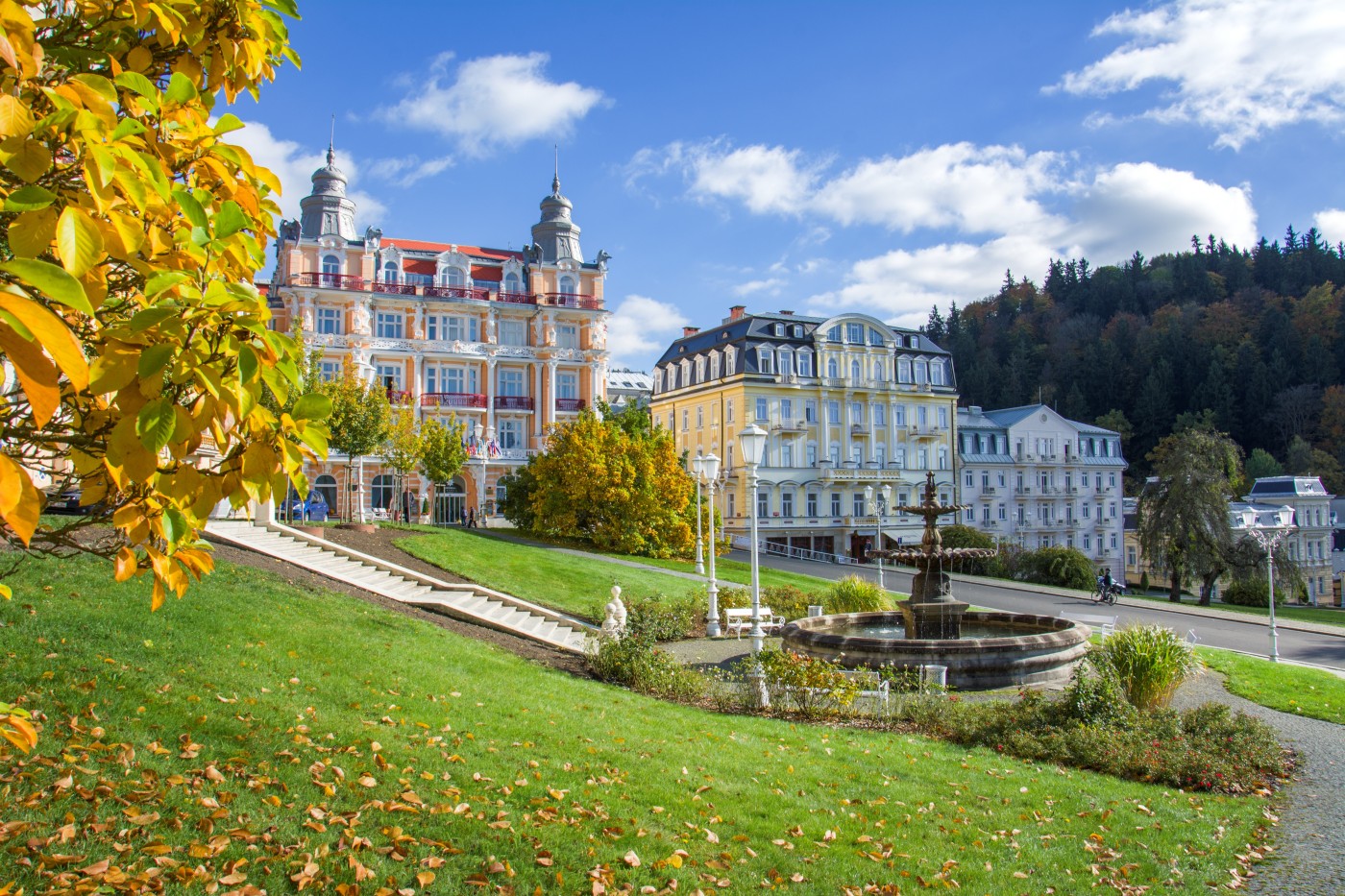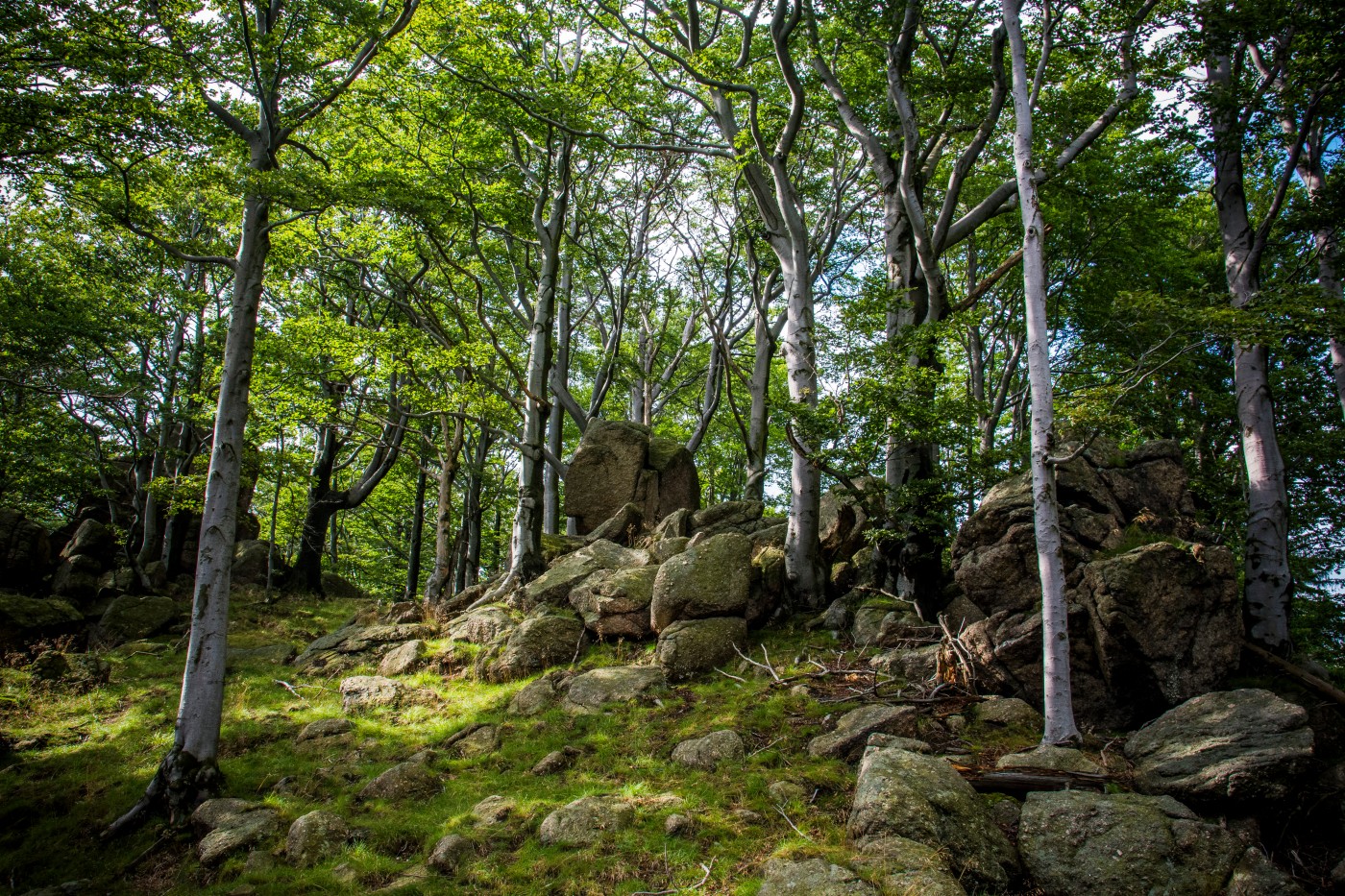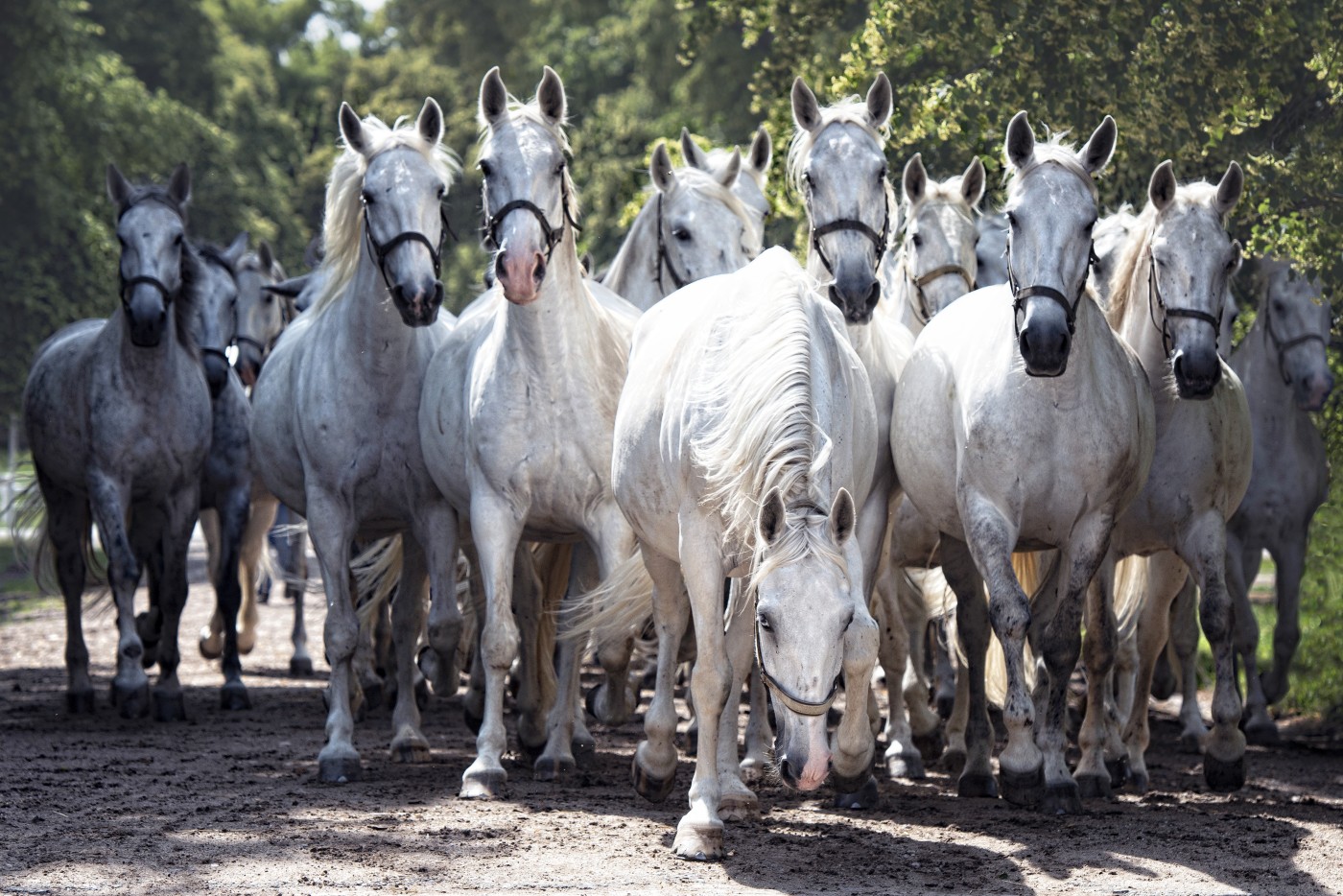
Get to know hidden UNESCO gems in the Czech Republic | Discover CEE
The UNESCO World Heritage List includes many interesting places and sites around the world. It aims to preserve the heritage and show people interesting and significant pieces of national culture. The Czech Republic is no exception, as several places, including nature spots, cities, and buildings, are undeniably represented on the list. Almost everyone has heard of irresistible Prague or breathtaking Český Krumlov, but there are also some hidden gems that have been added to the UNESCO list only recently in 2019 and 2021.
The West Bohemian Spa Triangle
The “Great Spa Towns of Europe” consists of several spa towns across seven countries. The Czech Republic is a home for three of them – Františkovy Lázně, Karlovy Vary, and Mariánské lázně. The Czechs have always been experts in spa care. From the cosy atmosphere to the spa treatment, you can find there all the positive aspects of spas. With many sceneries around the spas, including blooming gardens or antique-looking interiors, the Czech Republic can also be proud of famous visitors like Chopin, Goethe or the English King Edward II in these towns.
But the experience is not just about the treatment itself. With mineral-rich springs, which are famous for their medicinal qualities, free time activities like golfing or horse riding, and finishing off with a stroll across the colonnades and eating local spa wafers, the whole picture sets an accurate example of Czech spa cities. Cure treating, however, is still significant use of these springs. Externally and internally, they are mainly used to cure cardiovascular problems, sore muscles and infertility. As mentioned before, the colonnades also offer a great experience of drinking mineral springs straight from the source.

Primeval beech forests in the Jizera Mountains
The first natural site on the Czech UNESCO list, these primeval beech forests seem like something out of a fairytale. The entire site consists of mixed and beech forests, mostly growing on steep slopes. With an area of 27 square km, 17 square km of which seem more like a barrier, 10 square km is the most valuable part of the Jizera Mountains forests. It made it onto the list because, unlike other forest candidates, it has hardly been affected by humans throughout history.
Even though some of the hiking trails are more demanding for tourists, there are still many sights and interesting places to visit, such as viewpoints made entirely of rocks, waterfalls or stream rapids. The oldest trees there can be up to 350 years old, and thanks to the rough and uneven terrain, the place has always been protected by rocks and hard-to-reach places, which made it as magical as it is today without any damage.

Erzgebirge/Krušnohoří Mining Region
This bilingual name represents a region, partly located in Germany (Saxony) and partly in north-western Czechia in the Ore Mountains. This mining region is known worldwide, not only because it was the most important European source of silver ore from the mid-15th to the mid-16th century. Tin ore was also mined and processed here very frequently, as was uranium in the 19th century.
Not only the physical aspect of mining was present here, but also other technological and scientific principles that were adopted by the authorities and spread to other mining regions around the world. Besides mining itself, many important thematic textbooks and the very first geological maps originated here. Looking at the landscape from above, one can see how eight centuries of almost continuous mining have shaped the whole place. Everything from managing the water supply and transport to forestry and mineral processing had to be done here. It is interesting to note that a silver coin called tolar was first issued from the metal mined here in 1520, which years later gave its name to the American dollar.

National stud farm in Kladruby nad Labem
Since the Middle Ages, the area of Kladruby, which lies in the west of the Czech Republic, was surrounded by the Elbe. This led to the exploitation of oak trees, which had to be used – and this is where the horses were brought. Horse breeding continued with the settlement of an important family, who founded a deer park in the 16th century, where they also kept horses. Finally, in 1563, Maximilian II of Habsburg founded a stud farm, which was awarded the status of an Imperial Court Stud Farm sixteen years later.
The stud farm concentrated on the breeding of ceremonial carriage horses and this continuous breeding was never interrupted here. The Kladruber horses quickly became a symbol of the glamorous and honourable horse breed. The black Kladruber was used for the carriages of church dignitaries, while the white ones were originally used in royal courts throughout Europe (and still are in Sweden and Denmark). Given the horses’ robust build and snow-white colour, even Prince Charming would be jealous.

Sources
https://whc.unesco.org/en/list/1613
https://www.visitczechrepublic.com/en-US/bd71ee09-4ee5-4364-bbe3-372578731dee/place/a-west-bohemian-spa-triangle
https://www.idnes.cz/liberec/zpravy/jizerskohorske-buciny-jsou-na-seznamu-unesco-jizerske-hory.A210728_162105_domaci_wass
https://www.novinky.cz/clanek/domaci-krusnohori-se-dostalo-na-seznam-unesco-40289069
https://whc.unesco.org/en/list/1478/
https://ceskamincovna.cz/en/from-tolar-to-dollar-2548/
https://www.nhkladruby.cz/historie
Share your CEE experience
Do you also have a travel tip, a recipe recommendation, useful business customs, interesting traditions or a story about CEE that you would like to share? Write to communications@rbinternational.com and share your experience.